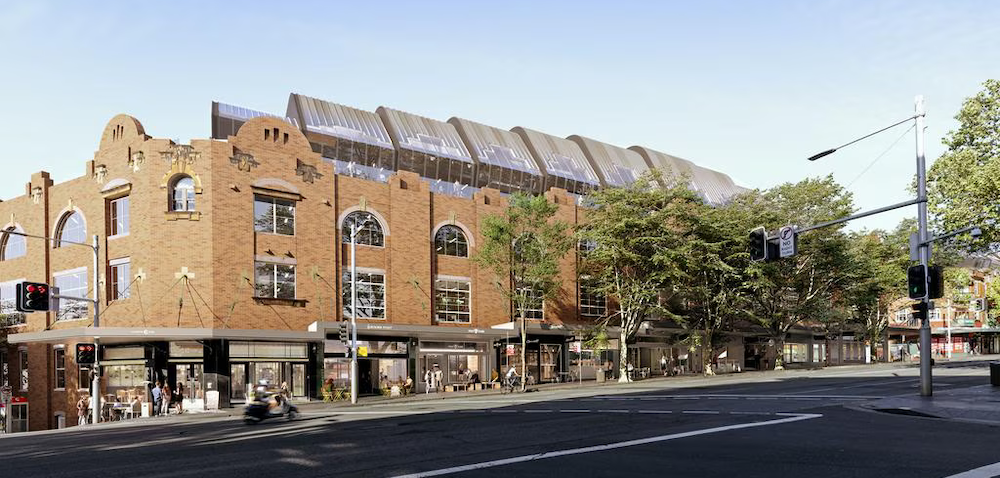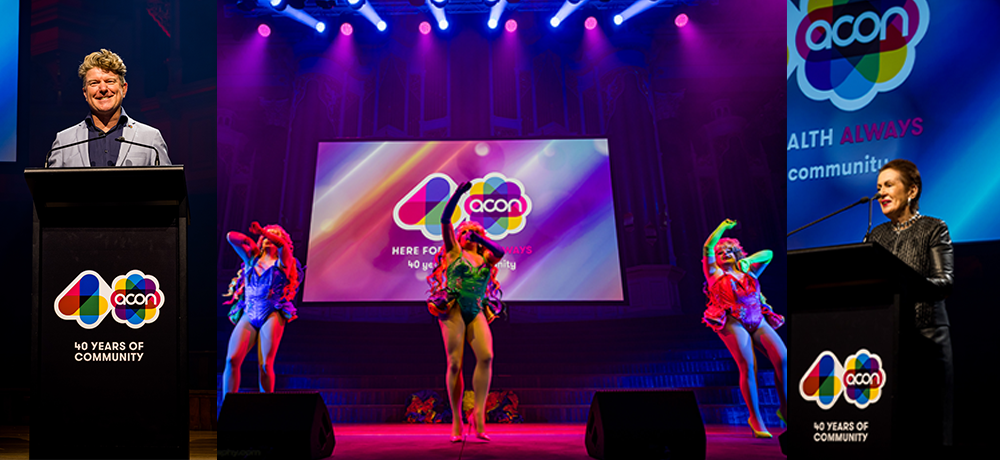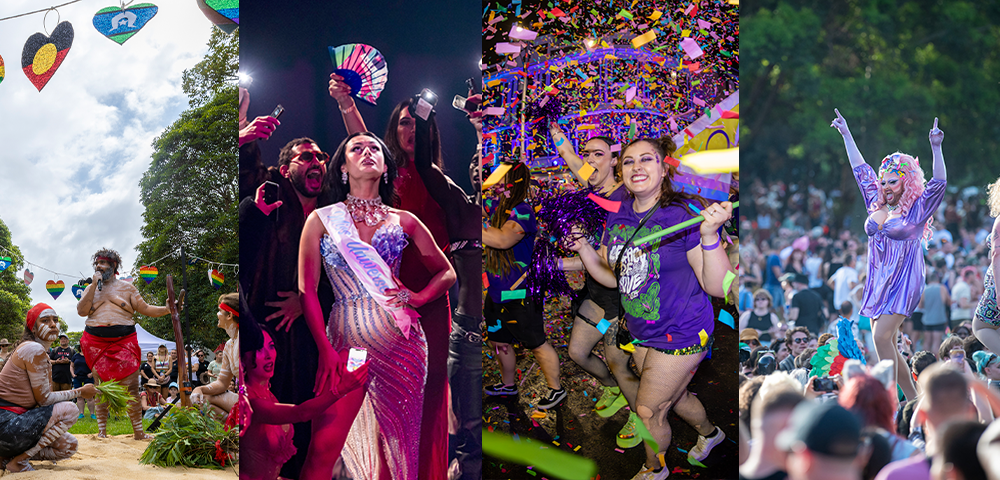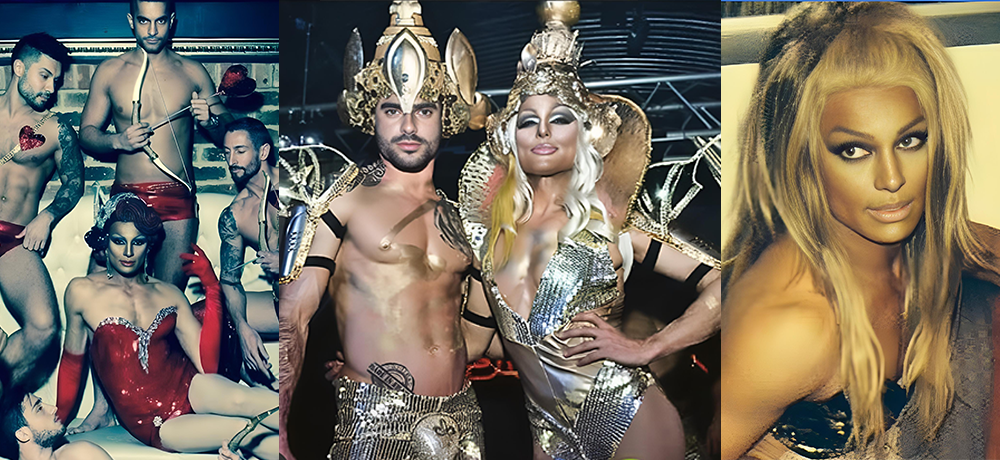
Camp Lamps
It’s Mardi Gras 2000. You stand behind the parade barriers, an innocent spectator. Suddenly a woman runs up to you. She is dressed as a tampon, trailing red sequined fabric behind her.
It is a protest against the GST levy on tampons; the float is called Bloody Marys. We saw it as a dancing sea of blood. Glamorous, too; there were red sequins after all.
Meet Philippa Playford, better known as Pip. She was the driving force behind the Bloody Marys. After a year off in 2001, she is back in this year’s parade with something completely different.
It’s called Camp Lamps, she says. This year will mark 10 years since the death of artist Peter Tully, a formative influence on Playford, and her float is a tribute to his urban tribal designs.
I asked myself where tribes gather -¦ they sit around a campfire. And the urban equivalent is the lounge room lamp.
The Camp Lamps centrepiece will be a three-metre metal structure covered with woven plastic; a lighting rig inside continually changes colour. Then there are 20 people in funky 60s lamp costumes, forming a human chandelier, a symphony of lights, and 13 individually designed costumes.
Many of the people in the float are my artist friends, Playford says. There are many tribes within the gay and lesbian community -¦ this is mine.
Playford has been involved in Mardi Gras since 1989. Her Cowdyke costume was exhibited at the Powerhouse in the mid-90s. How has the parade evolved in the time she has been involved?
I’ve seen the parade grow from 50 floats to 150. It’s so huge now that it’s not as hard-hitting. It’s a little watered down, only because there is so much to look at. Still -¦ even if you don’t have something hard-hitting, you might as well be glamorous.









